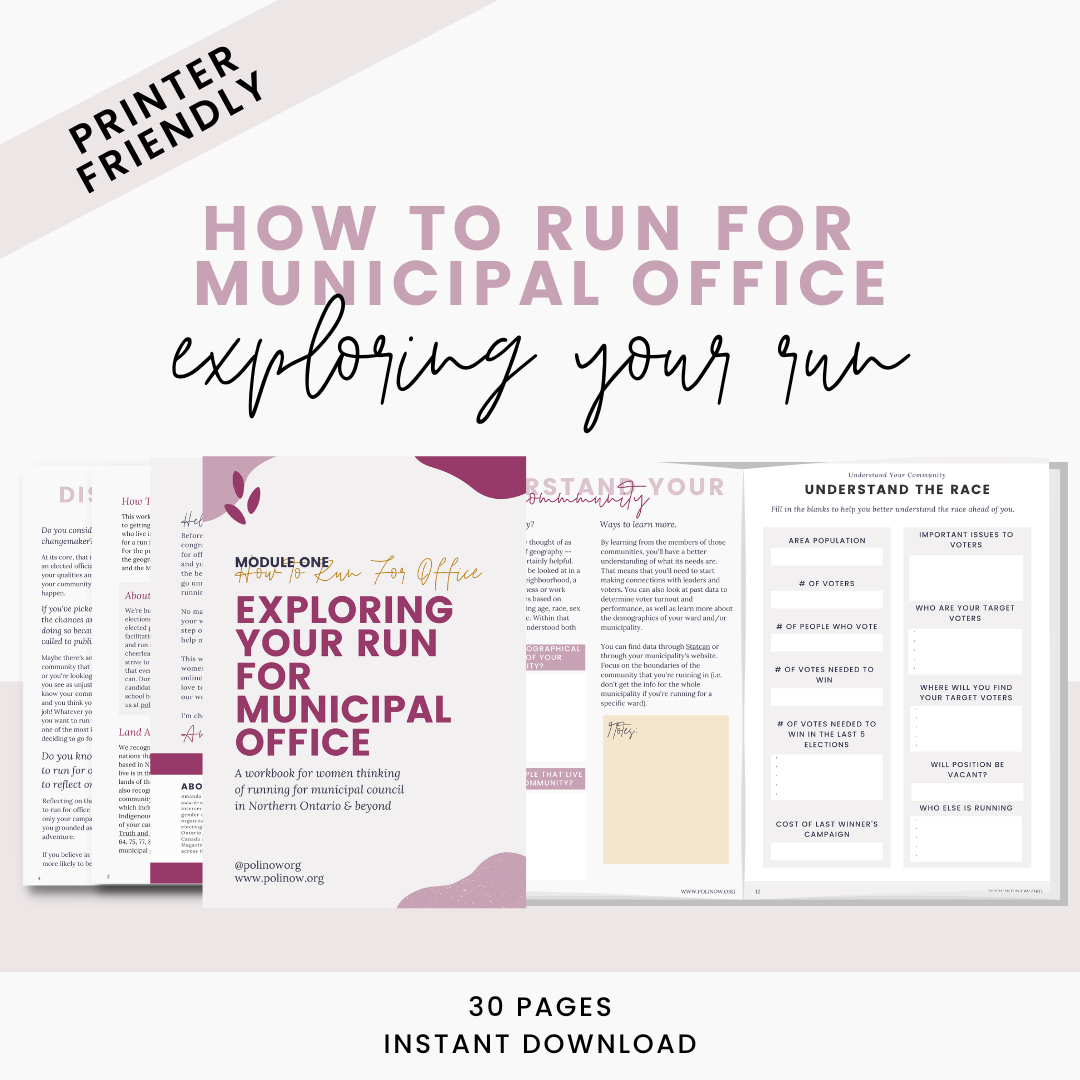The Math of Campaigning
Here’s what you’ll need to do to calculate to help you figure out what you need to win
How many votes do you need to win?
How many doors are you planning on knocking on?
How many people do you want to speak with about your campaign?
How many volunteers do you need to help you achieve those goals?
What’s your campaign budget?
You see, campaigns are a number game. And figuring out your numbers before you get started will differentiate you from your opponents.
One of the first things you need to do is figure out your campaign numbers. That’s what’s going to be what helps you figure out your goals.
So sit down and get ready to do some research.
Win Number
First thing’s first — what’s your win number?
Your win number is the number of votes you need to win your election.
And it is imperative that you figure this out because this number will define your whole campaign. You’ll base everything on this number — fundraising objectives, volunteers needed, people canvassed …
Everything.
To do this, you’re going to look at past elections. You can find this information usually through a Google search of “COMMUNITY NAME + votes + ELECTION YEAR.” Your municipality may even have the information on their website. You’re going to write down how many votes the winner received, how many ballots were cast, and then calculate what their voter share was. It’s best to do this for the last two or three elections, so that you have a couple of different scenarios to compare. Then you’ll average it out for a couple of elections, and ta-da — you have a win number! But wait … you’ll want to add a couple of percentage points to that average, just to be safe (I like to add 3-5%). That way, you have a buffer.
Average # ballots cast X (the average voter % + % safety margin) = WIN #
It will also depend on how many people are running against you. If there’s more than one candidate, getting 50+1% of the vote is not only unlikely, but it’s also unnecessary. Maybe you’ll only need 32% of the vote share, or maybe you’ll need 40% — it entirely depends on the number of candidates, so make sure that you keep that in mind when thinking about your calculation.
Voter ID Target
A Voter ID number is how many people you need to identify as voters to win.
This is not the same as your win number because not everyone you identify as a voter will go out and vote … so you want to give yourself a buffer.
This entirely depends on what the voter turnout is like in your community. If voter turnout in your municipality is high, you don’t need to add as much of a buffer to your win number to make up for the voter turnout (or lack thereof). But if voter turnout is unusually low in your community, you will have to keep that in mind when planning out your canvassing.
I like to add a 20% safety margin to a vote number to come up with the Voter ID target (but you can add whatever number you think is appropriate for your community).
So the calculation becomes:
Win # + 20% = Voter ID Target #
These aren’t perfect numbers. Depending on the kind of race that you’re running, you may need to identify more or less. That entirely depends on you and your team, but these are some excellent rough numbers to at least keep in mind and start building your campaign around.
If you’re looking for a resource to help you calculate this automatically, we included a Win Number Calculator and a Voter ID Target Calculator in our How To Run For Office workbooks. You can find it in the Understand Your Community workbook and the Exploring Your Run workbook bundle.




